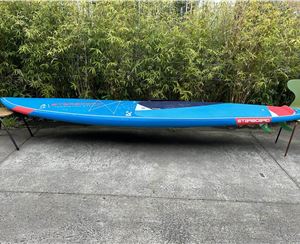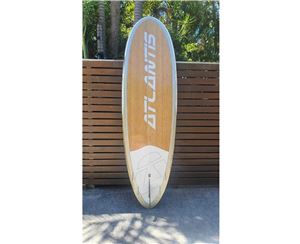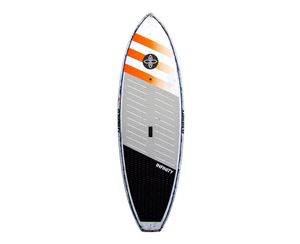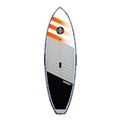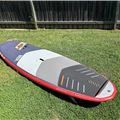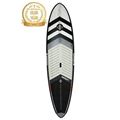Entering the surf on your SUP for the first time
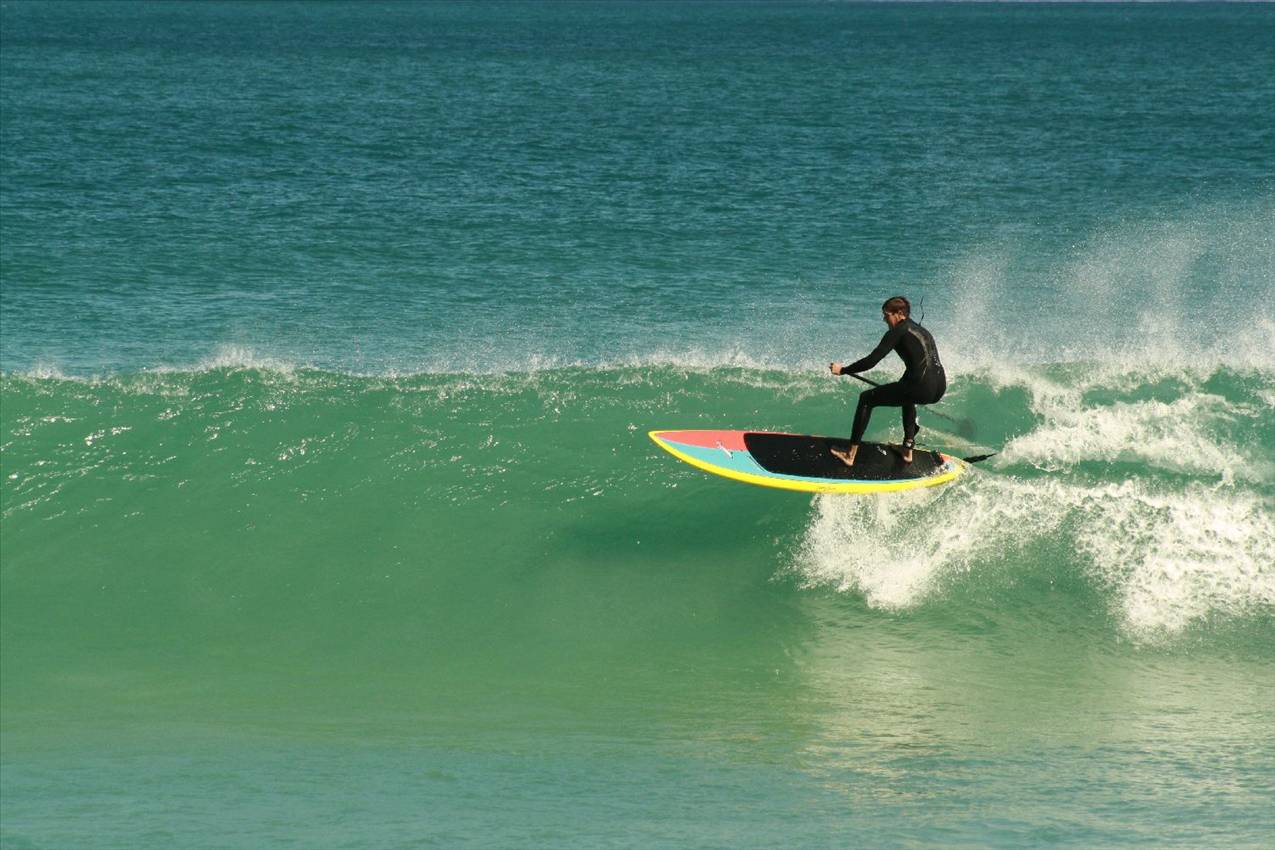 Getting out in the surf on your Stand Up Paddle board can be one of the most rewarding experiences in life. Offshore breezes, clean waves, good friends, a great vibe in the pack - these days you can remember your whole life.
Getting out in the surf on your Stand Up Paddle board can be one of the most rewarding experiences in life. Offshore breezes, clean waves, good friends, a great vibe in the pack - these days you can remember your whole life.
In watersports, everybody looks out for each other. Many a time, a swimmer has been saved from drowning by a surfer. Plenty of injured surfers looked after by other surfers he doesn’t know. It’s human instinct to help out.
But what about people who unfairly put everybody in danger? People who are unfit and venture into a hostile territory that’s way out of their ability?
Stand Up Paddling can be very seductive in this nature. A bit like boating. It floats, you can take it far out to sea, and you can get back in. Plenty of SUP crew get confident quick with floating around on their new found hobby, but head into waves, and you can quickly find yourself in trouble, or worse, cause major injury to yourself or innocent bystanders.
The biggest mistakes that just about everybody who ventures into breaking waves for the first time is underestimating the power of water, and overestimating their fitness.
Standing under the shower is pretty mild watersport, but copping a fat head high wave on the head, then being tossed around out of control whilst being held under water (for what seems eternity) is no picnic for the first timer. Meanwhile, your board is free to smash into other water users (or you), causing serious personal damage.
Nobody goes skydiving without tuition, but plenty of unfit land lubbers are happy to paddle into a solid winter swell, with nothing except their ego for preparation.
So, some tips that provide a faster learning curve, more enjoyable, and safer for you & others.
Get fit.
Swim. Either in the ocean on a calmer day, or down the pool. It's a different set of muscles compared to paddling.
I’ve seen fat guys on SUP’s in remote wave locations muppetting around on waist high waves. Because they're new to it they're falling off lots. This guys falls off, and his leash comes off. Now, his nice floaty board is now 50 metres away and getting bashed against the inside reef leaving nice chips of expoy behind. What happens next was surreal – the guy couldn’t even swim. Imagine. Paddle offshore with his big fat board, it’s now gone & he’s begining to drown.
You need to be able to look after yourself as much as possible.
What happened above was we risked our necks & boards to get his board back to him from which he safely paddled into shore, plenty shook up. There was only a few of us out, if not, the results would have been tragic.
Train hard, get fit and reap the benefits of more enjoyable sessions and more vitality in your life.
Start small and stay within your abilities & fitness

As Clint Eastwood says … “A man’s got to know his limitations”. Not saying you’re not a hero, but to be a hero in the surf, you don’t start off in the big stuff and work backwards.
If you’re a complete beginner, swim/body surf around in the smaller stuff – it’s great fun, great fitness, and gives you a first hand feel of what’s going on with the ocean.
Don’t wait to find out how it all works when you fall off your SUP.
Understand currents & rips.
With a big fat paddle and a floaty board, it’s pretty easy to navigate most currents, but it’s a completely different story if your board is gone and you’re swimming.
Keep relaxed when the water is rushing you out to sea – the current is either feeding the next wave, which will soon wash you in (if you can catch it), or you’re in a rip, in which case you swim sideways out of it.
The key is not to panic. Stay cool. This advice doesn’t cover all situations, but this is what being a surfer is about – if you don’t know, watch the break. All the water coming in with the waves has to go out somewhere – look for telltale signs like a froth on the water, or sand.
Get an understanding of the water flow before you venture out.
Keep away from surfers until you’re competent.

It happens all too often when the old bull, or the ex-surfer heads out on his SUP to the break with all the surfers.
He could surf, but he can’t SUP.
Before long he’s falling off and his board is putting everybody in danger of getting 10ft of SUP on the head.
Because a SUP can't be duck dived, when a big set comes through and you jump off and (safely) under the wave, you’re going to have a 21ft/7m (10’ board, 11’ legrope) area of possible damage behind you – that’s a fair distance.
Solve it by keeping your awareness about you – visualise the clearance you’ll need inside and always keep it clear. Especially when paddling up or down the break .. it’s easy to be caught outside the pack when that extra big set comes through.
Keep it safe, and give others clearance.
There is skill to falling off.
No doubt, we all get in situations out of our control where the board and you are rolling around in the surf a bit too close to each other and there’s zip we can do about it.
But often you know it’s going rotten and you can make choices. In these situations, aim to exit left or right of the board so that you & board are side by side in the wave.
Falling on the inside or outside of the board is hazardous as it simply increases the chances you’ll meet.
Watch other surfers and you’ll soon notice how they do it.
Beware the “loaded up leg rope”.
You’ve surfed, you’ve fallen and you surface. Smack .. board in the head. Nice. End of session. Maybe stitches.
This can happen when the breaking wave has passed, your board is inside you and loaded up under pressure because the wave is trying to take it to shore.
The trick is to take notice of your ankle – it’s easy to forget the pull on your leggy because it’s often there. But take special note when it’s under a heap of pressure and then goes soft.
If your board just happened to be the right way up after the wave passed, it may just be hurtling at you, just waiting to surface.
More later, but I hope these tips give you ideas on what to look out for. Plenty of surfers learn by throwing themselves into it and working it out on the fly. No worries, if that's your thing, go for it.
But, there is a faster, safer and easier way, and that's to be prepared. Seek advice, read articles, watch videos.
If your goal is to rip in the surf, you'll get their faster by educating yourself first, rather than having to experience every single mistake every surfers made..
Enjoy...

How to handle whitewater on your SUP
Surfing on a stand up paddle board has its own unique set of challenges...



